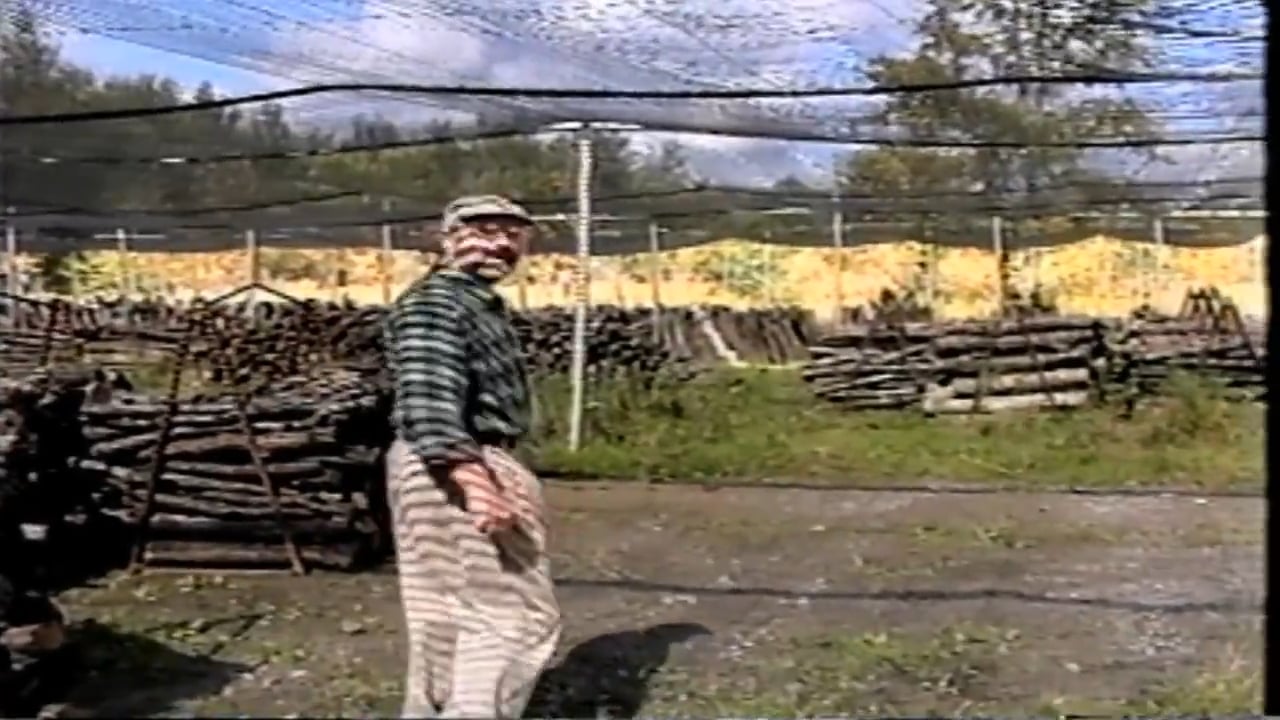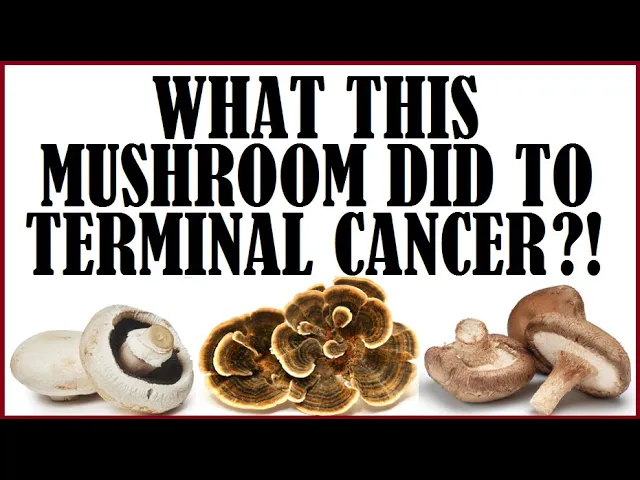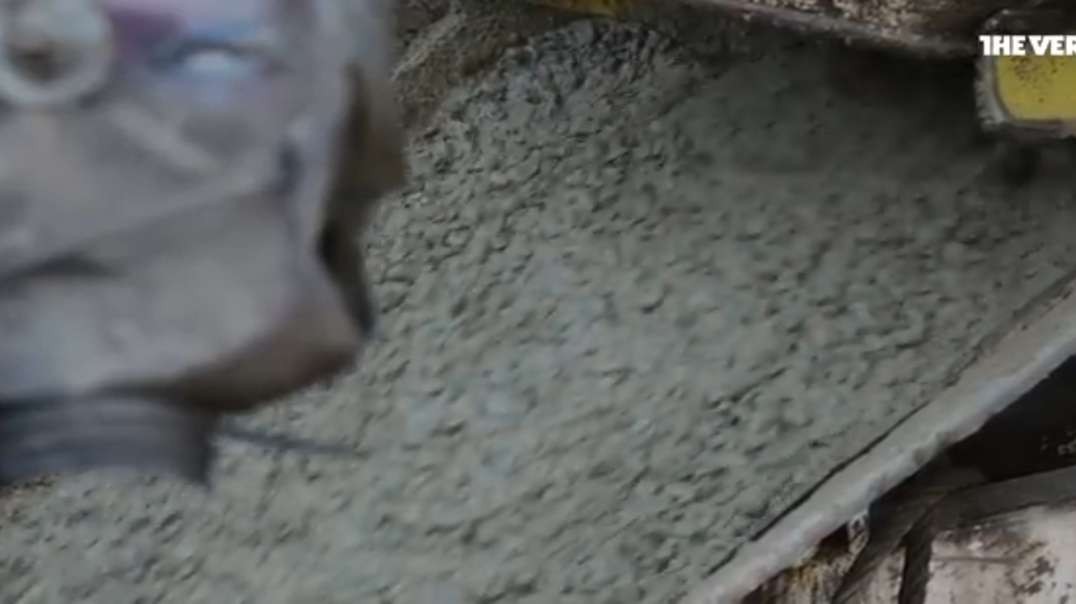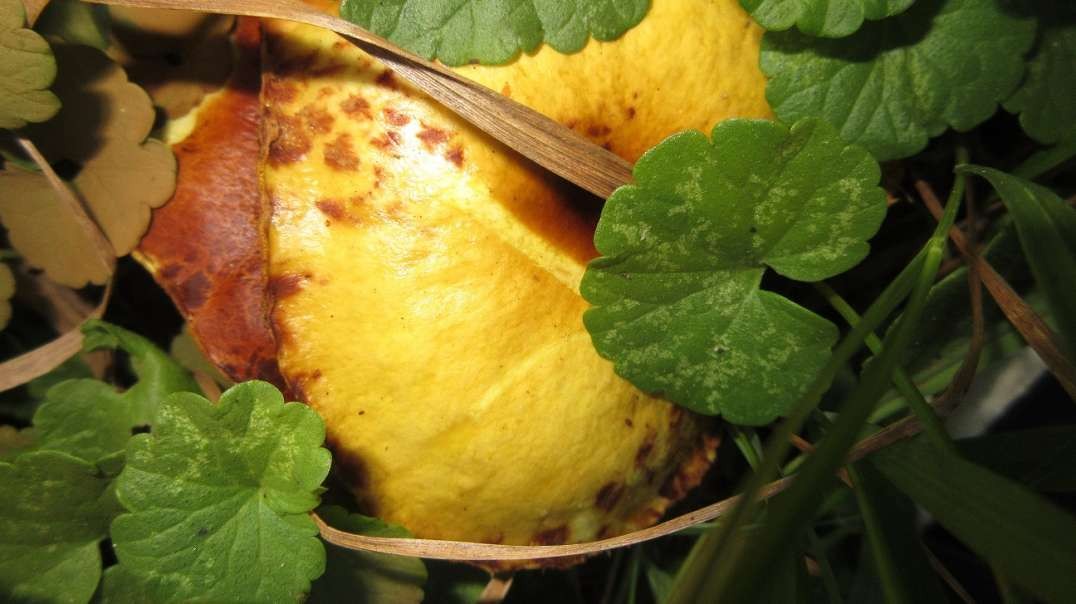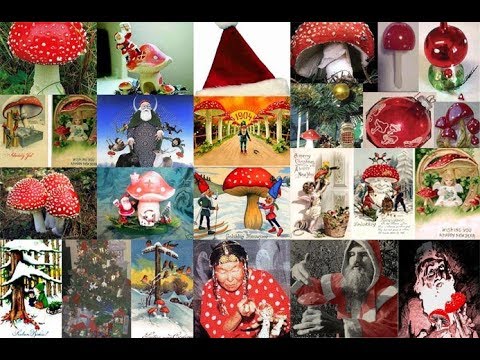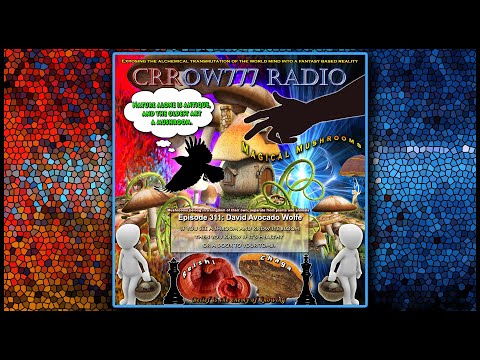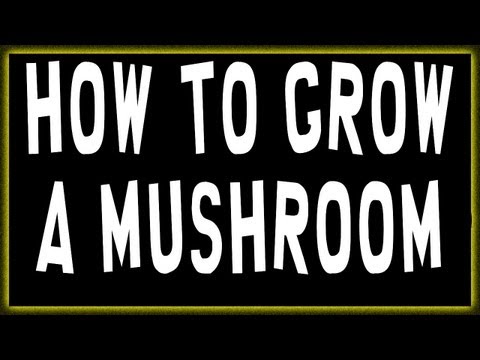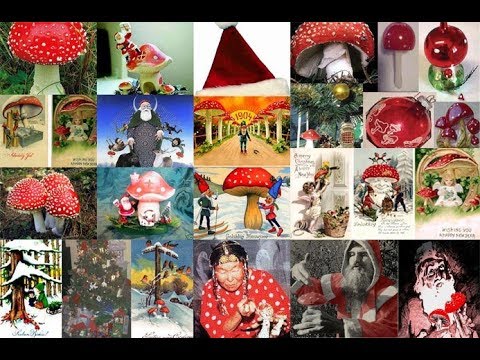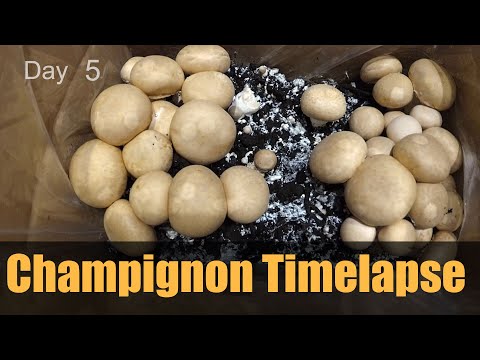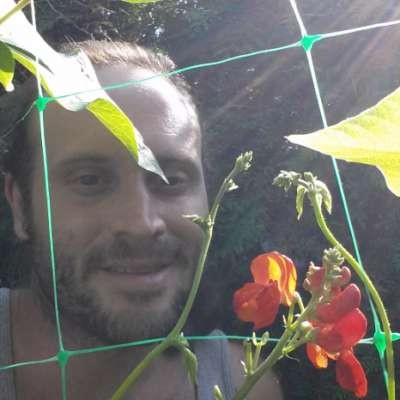CHAGA MUSHROOM (Inonotus Obliquus)
Powerful antioxidant, anti-inflammatory, anti-diabetic and anti-cancer properties - Canada leads Chaga research with 2 new peer-reviewed papers in Nov.2023
2021 July (Szychowski et al) - Inonotus obliquus – from folk medicine to clinical use (Poland)
2021 April (Lu et al) - Recent Developments in Inonotus obliquus (Chaga mushroom) Polysaccharides: Isolation, Structural Characteristics, Biological Activities and Application (China)
2020 May (Thomas et al) - Chaga (inonotus obliquus): a medical marvel but a conservation dilemma? (UK/Egypt)
2023 Nov (Cheung et al) - Wild Chaga (Inonotus obliquus) modulates inflammation, neural cell survival and inhibits proliferation of cancer cells (Canada, published in Pharmacological Research - Modern Chinese Medicine)
2023 Nov (Plehn et al) - Chaga mushroom triterpenoids as adjuncts to minimally invasive cancer therapies: A review (Canada)
2021 July (Szychowski et al) - Inonotus obliquus – from folk medicine to clinical use
Inonotus obliquus (I. obliquus) (Ach. ex Pers.) Pilát, belonging to the family Hymenochaetaceae, is a black-brown plant parasitic fungus
I. obliquus is a primary tree parasite causing decomposition of live trunks. It has been seen on many trees species such as alder, beech, maple, rowan, hornbeam, poplar, oak, ash, willow, plane-tree, chestnut, and walnut, but the main hosts of I. obliquus are various species of birch
I. obliquus infects approximately 30–50-year-old trees through wounds in the bark and can grow on the trunk for another 30–80 years
A few years after penetrating the trunk of live trees, it produces sclerotia (vegetative or asexual fruiting bodies) with a lumpy irregular shape, cracked surface, and black-brown color
interior of sclerotium is made of rust-brown, yellow-veined, dense mycelium
sclerotia grow very slowly, reaching a diameter of > 10 cm after 10–15 years
after host tree dies, annual fruiting bodies of the sexual stage appear
develop in the warm season of the year in places with the most advanced rot
This type of fruiting bodies may have considerable sizes (up to 3–4 m in length and up to 50 cm in width) and are eaten very quickly by insects
Medicinal Properties
Used since ancient times (found in a work by Hippocrates)
In Eastern Europe, the Chaga mushroom has been used since the 12th century, even to treat tumors
The fungus was applied due to its antiparasitic, anti-tuberculosis, anti-inflammatory, and gastrointestinal properties
Most often, it was used in the form of infusions, inhalations, or aqueous macerates
In the mid 1900s, Chaga infusions were used as a substitute for tea in Siberia
In Asia (China, Japan, Korea), Russia, and the Baltic countries, extracts of Chaga mushroom were used due to their beneficial effects on the plasma lipid system and heart function as well as antibacterial, anti-inflammatory, and anti-cancer
bioactive substances: antioxidants, triterpenoids, ergosterol and its peroxide, sesquiterpenes, benzoic acid derivatives, hispidin analogues, and melanins
high expression of antioxidant enzymes
polysaccharide fraction present in I. obliquus extracts is the largest group of active compounds, besides phenols
Biological Properties:
Antiviral & Antiparasitic
Chaga polysaccharides inhibit HIV and HCV viral replication and entry into cells
Immunomodulatory (stimulates immune system)
suppress the Th2 and Th17 immune response
Chaga polysaccharides inhibit inflammatory reactions
decrease nitric oxide and prostaglandins (also analgesic or pain reducing)
Antioxidant/ROS Scavenger - decreased ROS in normal cells, increased in cancer cells (reactive oxygen species can kill cancer cells)
Antidiabetic
Chaga polysaccharides have hypoglycemic activity but exact mechanism unknown
in vivo (mice) - significantly decreased fasting blood glucose levels, plasma insulin levels and body weight in mice
in vivo (mice) - moderately expanded pancreatic islets and reduced pancreatic injuries in diabetic mice
in vivo (rats) - lowered blood glucose and leptin levels, alleviated obesity-related complications in diabetic rats
Anti-Cancer (in vitro mainly)
“no reliable publications on humans”
most studies done on gastrointestinal cancer or lung cancer cell lines
intensifies apoptosis
decreases expression of NF-κB
decreases expression of matrix metalloproteinases = reduces metastasis
in vivo: lung cancer mouse experiment = reduced tumor size and decrease in metastases
Chaga extracts inhibited development of melanoma and sarcoma after implantation into mice
Chaga extract of ergosterol inhibited development of colorectal cancer in mice
currently believed that high content of polysaccharides is responsible for the anti-cancer potential of I. obliquus.
however, anti-cancer potential found in all types of extracts (other compounds responsible)
2021 April (Lu et al) - Recent Developments in Inonotus obliquus (Chaga mushroom) Polysaccharides: Isolation, Structural Characteristics, Biological Activities and Application
Characteristics: named Chaga mushroom due to its irregularly formed sterile conk with burnt charcoal like appearance.
Owing to abundant melanin, the sclerotium and mycelium are mostly black.
As most of them grow in high latitudes, the extremely low environmental temperature makes the fungus grow very slow.
Anti-Cancer mechanism of polysaccharides (IOPS):
mainly due to decreased metalloproteinases and NF-κB
cancer cell lines that responded to Chaga: liver cancer, ovarian, cervical, bone marrow, leukemia, NSCLC, sarcoma,
cancer growth inhibition is Chaga DOSE DEPENDENT
Antioxidant - Polysaccharides and polysaccharide metal ion complexes have excellent antioxidant activity
Anti-fatigue activity - used mice swimming model - Chaga increased climbing time, swimming time, reduced immobile time, reduced blood lactic acid, urea nitrogen, LDH levels (!)
Conclusions:
“Chaga polysaccharides (IOPS) exhibited enormous potential in immunity enhancement, and antitumor, antioxidant, anti-fatigue, hypoglycemic, and hypolipidemic activity, providing an alternative way for treatment of cancer and diabetes”
2020 May (Thomas et al) - Chaga (inonotus obliquus): a medical marvel but a conservation dilemma? (UK/Egypt)
2023 Nov (Cheung et al) - Wild Chaga (Inonotus obliquus) modulates inflammation, neural cell survival and inhibits proliferation of cancer cells (Canada, published in Pharmacological Research - Modern Chinese Medicine)
Canadian researchers carried out chemical analyses and bioactivities on Chaga sclerotium collected in Northern British Columbia
Anti-cancer properties studied:
Chaga water extracts inhibit human glioblastoma and human pancreatic cancer proliferation
Prior studies reported anti-cancer properties: human colorectal, liver, lung, breast, prostate and mouse melanoma.
Chaga water extracts inhibit cancer cell proliferation via stimulation of intrinsic mitochondrial apoptotic pathway
Immune modulating activity:
Chaga found to promote Th1 immunity which may enhance anti-tumor activity.
======
2023 Nov (Plehn et al) - Chaga mushroom triterpenoids as adjuncts to minimally invasive cancer therapies: A review
After a suitable living host tree incurs an injury, Chaga mushroom penetrates the wound where decay spreads throughout the heartwood for years
Spore-forming sexual reproducing resupinate layers of Chaga mushroom initiate underneath the bark of dead wood and are rarely detected as they promptly attract mycophagous beetles such as Orchesia cultriformis that disperse viable spores elsewhere
Chaga mushroom is widely available in the cold circumboreal regions of the northern hemisphere
Chaga mushroom sclerotium is typically harvested during the winter months for the retrieval of bioactive compounds
Bioactive constituents found in Chaga mushroom extract include polysaccharides, organic acids, an extensive array of phenolic and isoprenoid compounds, and most notably, triterpenoids
Water extracts contain polysaccharides which have inhibitory effects against cancer.
But Chaga mushroom triterpenoids and sterols have taken center stage in current research
Zhao and Zheng (2021) reviewed the antitumoral potential of Chaga mushroom extracts and concluded the potential of their bioactive metabolites to reduce the incidence of tumorigenesis in healthy people
Triperpenoids
Chaga has fair assortment of minerals: calcium, sodium, magnesium, and boron
Extracts of Chaga mushroom have been reported to contain as much as 57–70 % polysaccharides
A wide range of phenolic compounds exist in Chaga mushroom sclerotia
The sterile conks have a rough textured exterior that appears to resemble burnt charcoal, which can be attributed to the high melanin content
Chaga mushroom contains a variety of triterpenoids, mainly of the lanostane type, that have been observed to exhibit anticancer activity.
Inotodiol was found to be the most abundant triterpenoid extracted from Chaga mushrooms followed by trametenolic acid
Dark texturized outer layer of Chaga mushroom contains higher concentrations of betulinic acid and iotodiol than the interior.
Triterpenoid profile and content extracted from Chaga mushrooms and other sources vary significantly depending on environmental factors such as the geographical location of harvest
Triterpenoids are responsible for the antineoplastic properties of Chaga mushroom extracts as significant dose-dependent cytotoxicity was repeatedly observed in cancerous cells treated with lipophilic fractions
There are more and more cancer studies looking at Chaga mushrooms, so developments aimed at optimizing the bioavailability and pharmacokinetics of triterpenoids are essential to ensure they encounter target cells.

